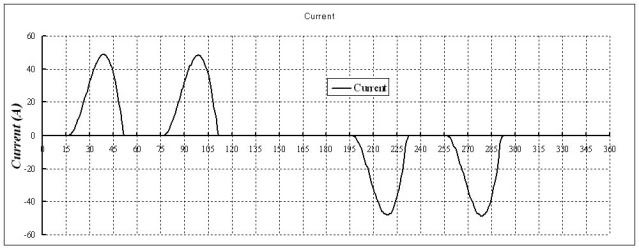- Location
- Massachusetts
iwire, you claimed Bes to be a VFD expert.
Let the expert explain the VFD voltage drop phenomenon with his own examples to the ordinary engineers.
Just what I thought, you cannot do it.
That's OK, I can't either that is why I listen instead of trying to fake it.



